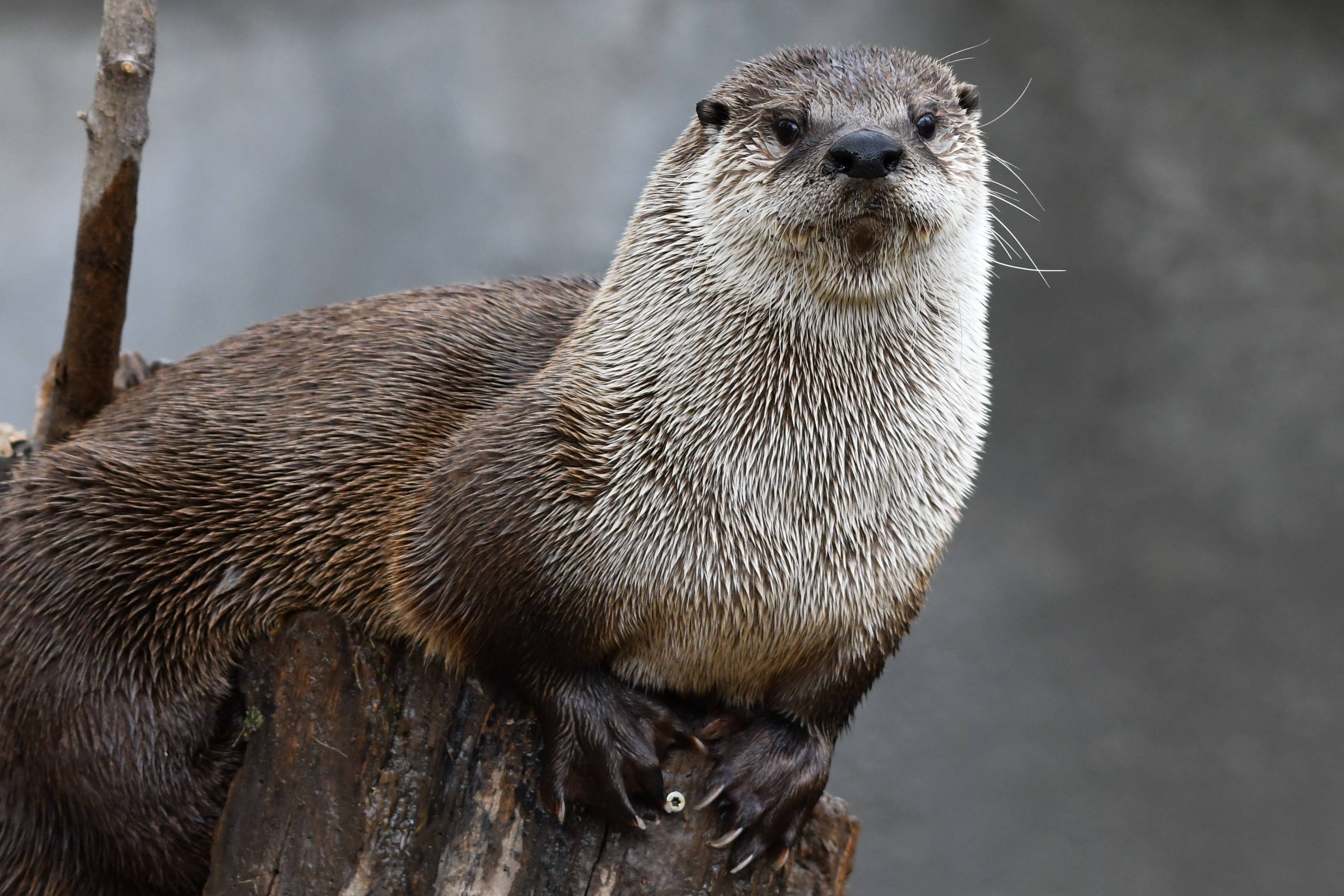* Threatened or Endangered

North American River Otter *
: Lontra canadensis
: Mammal
: Alaska and most of Canada, the Pacific Northwest, the Great Lakes and most states along the Atlantic Coast and Gulf of Mexico.
: Mainly fish, but also crayfish, insects, frogs, and sometimes small birds and mammals.
: Weight 10 to 30 pounds, length including tail up to 40 inches
: Least Concern
• Once very common in most of their range, they have disappeared in many areas. Many states are reintroducing them back into the wild and they are making a comeback.
• Sometimes called “nature’s clown,” river otters can be observed sliding, swimming, jumping and playing with other otters.
• Once common in many waterways in North Dakota, they were wiped out in the early years of the fur trade. Recent observations have confirmed that they are making a comeback in the state.
• Like other members of the weasel family, otters are very active and can be aggressive hunters.
All living things depend on clean water, but otters especially need it—they live in it! So reduce, reuse, and recycle to keep the waterways clean. Pick up trash at your local lake, stream, river, or wetland; it can make a real difference. Because all water leads to the ocean, keeping your local wildlife areas clean helps wildlife near you, and far away too. You can learn more by going to this link: www.epa.gov/trash-free-waters/learn-about-aquatic-trash
Spot a River Otter! If you see an otter while recreating in ND you can help by reporting your sighting. This helps local biologists better understand habitat and current population numbers. Click here: gf.nd.gov/wildlife/id/carnivores/otter
Respect native wildlife by remembering that…it’s wild! When enjoying native land where wildlife lives, always be aware, be safe, and leave no trace. Never approach, taunt, or feed wildlife. Interacting with them can be dangerous to you and to them. Instead, enjoy their beauty and their ecosystem without disturbing them. To learn more, follow these links:
gf.nd.gov/wildlife/orphaned
www.nationalparks.org/connect/blog/tips-safely-visiting-national-parks
